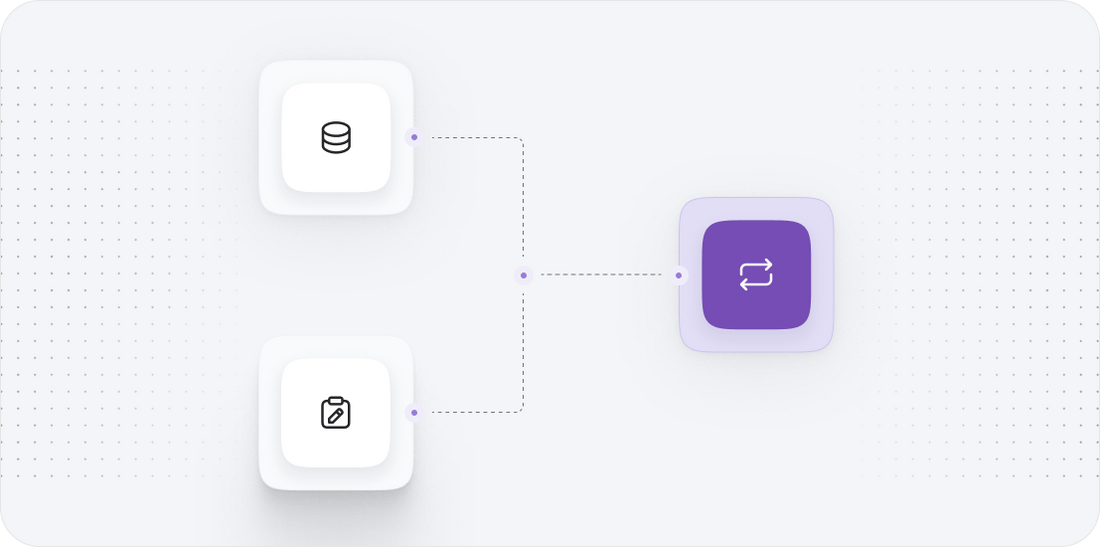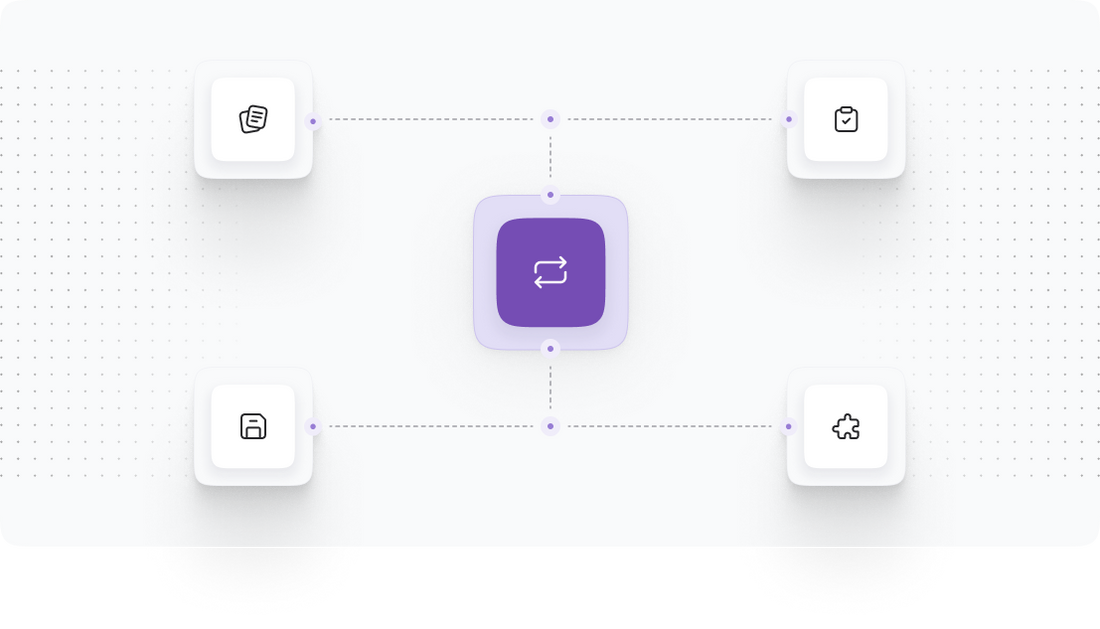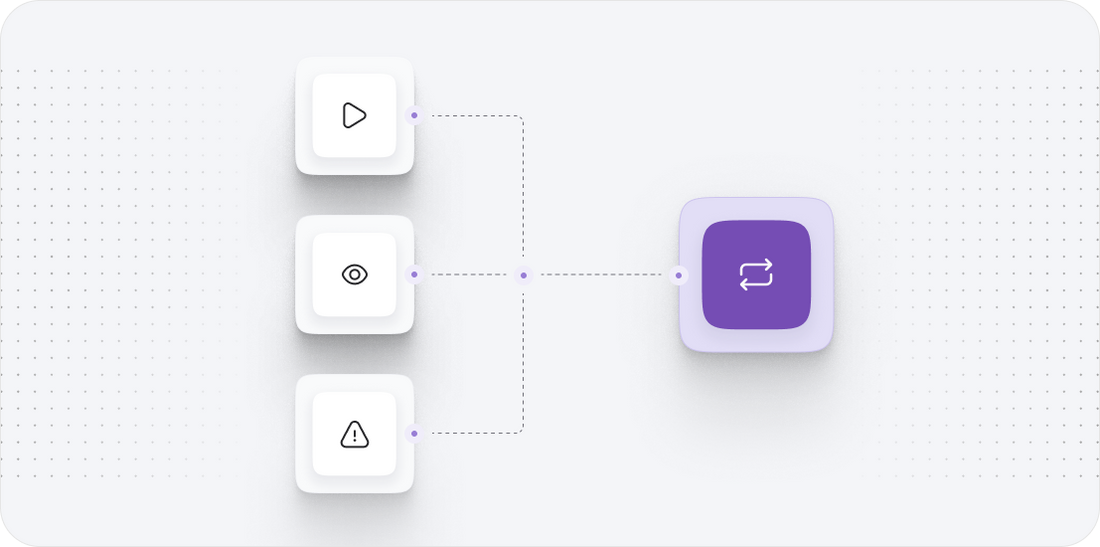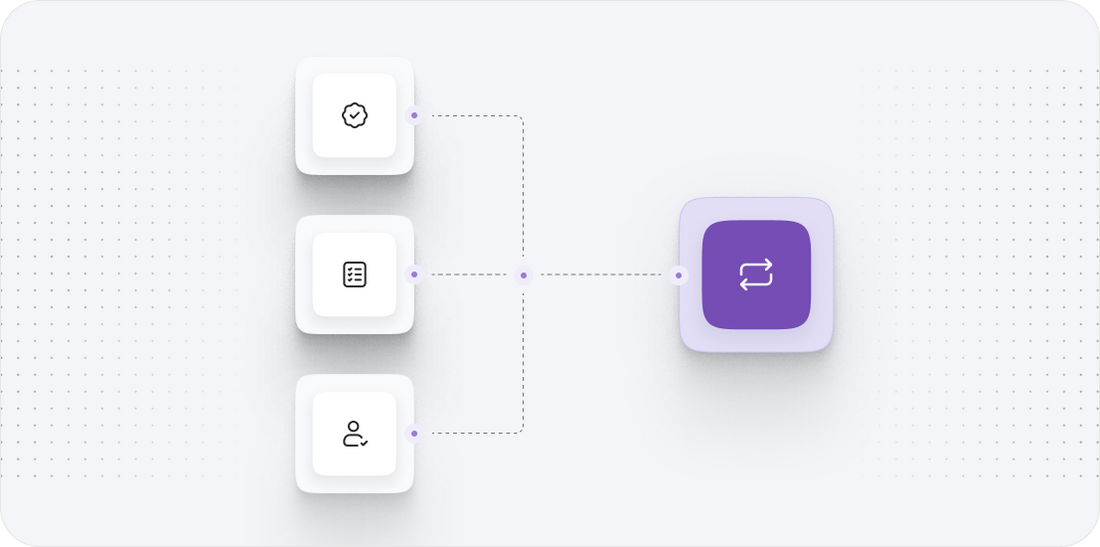





Zen cart to Magento
Migrating your store from Zen cart to Magento might seem daunting, but with proper planning and the right tools, it's a smooth process. Follow this step-by-step guide to ensure a successful transition.
Schedule a call
Step-by-Step Migration Guide: Zen Cart to Magento migration guide
Step 1: Preparation for Migration
Before initiating the migration from Zen Cart to Magento, we must prepare the existing Zen Cart store to ensure a smooth transition. This involves backing up data, cleaning up the database, and ensuring that we have all necessary access credentials.
Step 2: Setting Up Your Magento Environment
Setting up the Magento environment is essential for a successful migration. This step involves installing Magento on your server, configuring basic settings, and ensuring the environment is ready to receive data from Zen Cart.
Step 3: Data Mapping and Migration Strategy
Data mapping is essential to ensure that all data from Zen Cart corresponds correctly to Magento's structure. We will create a detailed strategy for how data will be transferred.
Step 4: Executing the Migration
With preparations complete, we will execute the migration from Zen Cart to Magento. This step involves running the chosen migration tool and monitoring the process closely.
Step 5: Data Validation and Testing
After migration, we need to validate the data and conduct testing to ensure everything works as expected in the new Magento environment.
Step 6: Redirects and SEO Optimization
To maintain SEO rankings and ensure a smooth transition for customers, we will set up redirects and optimize the new Magento store for search engines.
Step 7: Launching Your Magento Store
After thorough testing and optimization, we are ready to launch the new Magento store. This step involves final preparations and making the store live for customers.
Power Your Step - Get in Touch
Ready to migrate your store from Zen Cart to Magento? Contact PowerCommerce for seamless migration solutions tailored to your business needs.
Step 1: Preparation for Migration
The initial step in our migration process is crucial, as it sets the foundation for a successful transition from Zen Cart to Magento. We emphasize the importance of preparation, which involves several key actions to ensure that all data is accurately transferred without any loss or corruption.
First, we recommend that you perform a complete backup of your Zen Cart store. This includes:
- Database Backup: Utilize a tool like phpMyAdmin to export your database. This ensures that all your customer data, product information, and order history are safely stored. You can do this by selecting your database and clicking on the export tab.
- File Backup: Download all files associated with your Zen Cart installation, including images, themes, and any custom extensions. Use an FTP client like FileZilla to connect to your server and download the necessary files.
Next, we recommend cleaning your database by removing outdated or unnecessary data. This can help improve the migration process by reducing the amount of data we need to transfer. Consider:
- Deleting old customers who haven’t made purchases in a long time.
- Removing any obsolete products or categories that no longer exist.
- Clearing out abandoned carts that are not relevant.
Finally, ensure that you have all necessary access credentials at hand, including:
- Your Zen Cart admin panel login information.
- Your Magento admin panel login information (if Magento is already set up).
- Database connection details for both platforms, including host, username, password, and database names.
By preparing in this manner, we eliminate potential roadblocks and set the stage for a seamless migration.

Step 2: Setting Up Your Magento Environment
The second step involves setting up your Magento environment. This is critical to ensure that Magento is ready to receive data from Zen Cart. Here’s how we proceed:
1. **Install Magento**: If you haven't already, download and install Magento on your server. You can do this by accessing the official Magento website and following the installation instructions. Make sure your server meets all Magento system requirements, including:
- PHP version compatible with your Magento version.
- MySQL version requirements.
- Apache or Nginx server setup.
2. **Configure Basic Settings**: After installation, navigate to your Magento admin panel and configure basic settings such as:
- Store Information: Update your store name, address, and contact information.
- Currency Settings: Ensure that the correct currency is selected for transactions.
- Tax Settings: Configure your tax classes and rates to match your Zen Cart settings.
3. **Set Up Payment and Shipping Methods**: Before migrating, set up your payment and shipping methods in Magento. This ensures that once migration is complete, your customers can start using these services without delay.
4. **Test Your Installation**: Complete a quick test to ensure your Magento installation is functioning correctly. Check if you can log in, view the dashboard, and navigate through the settings. This step helps identify any issues before the migration.
By establishing a solid Magento environment, we are ready to proceed with the data migration process with confidence.

Step 3: Data Mapping and Migration Strategy
In the third step, we focus on data mapping and formulating a migration strategy. Proper data mapping ensures that all data from Zen Cart aligns correctly with Magento’s data structure, reducing the risk of errors during migration.
1. **Identify Data Types**: Determine which data types need to be migrated. Common data types include:
- Products
- Customers
- Orders
- Categories
- Reviews
2. **Map Data Fields**: For each data type, we will map the fields from Zen Cart to their corresponding fields in Magento. This mapping is crucial as the structures of Zen Cart and Magento differ. For example:
- Products: Zen Cart’s SKU should map to Magento’s SKU field.
- Customers: Ensure that fields like first name, last name, email, and address details are correctly aligned.
3. **Create a Migration Plan**: Outline the order of migration. We typically recommend migrating in this sequence:
- Categories
- Products
- Customers
- Orders
- Reviews
4. **Choose a Migration Tool**: Select a suitable migration tool that supports Zen Cart to Magento migration. Tools like Cart2Cart or LitExtension make the process automated, efficient, and reliable.
5. **Conduct a Demo Migration**: Before the full migration, we conduct a demo migration to test the process. This helps us identify any potential issues in the mapping and adjust our strategy accordingly.
By mapping the data accurately and selecting the right tools, we ensure a smoother migration process that minimizes data loss and errors.

Step 4: Executing the Migration
Now that we have completed the preparations and data mapping, we can execute the actual migration. This step is crucial as it involves running the migration tool and transferring data from Zen Cart to Magento.
1. **Start the Migration Tool**: Launch the migration tool selected in the previous step. Input all required information, including source store (Zen Cart) and target store (Magento) details.
2. **Select Data to Migrate**: Choose the specific data types you want to migrate. Ensure that you’ve specified all relevant entities, such as products, customers, orders, etc.
3. **Run the Migration**: Begin the migration process. The tool will start transferring data according to the pre-defined mapping. During this process, monitor the migration closely for any errors or issues that may arise.
4. **Check Migration Progress**: Most migration tools provide real-time updates. Keep an eye on the progress and take note of any warnings or errors that may indicate problems with the migration.
5. **Post-Migration Review**: Once the migration is complete, perform a thorough review of the data in your Magento store. Check that all products, customer details, and orders have transferred correctly.
By executing the migration carefully and monitoring it closely, we can address potential issues in real time, ensuring a successful transition to Magento.

Step 5: Data Validation and Testing
Once the migration from Zen Cart to Magento is complete, the next crucial step is to validate the data and conduct thorough testing. This process ensures that all transferred data is accurate and functional within the new system.
1. **Data Verification**: Begin by verifying the data migrated to Magento. Check the following:
- Ensure that all products appear correctly, including descriptions, images, and prices.
- Review customer accounts to confirm that all information (name, email, addresses) is intact.
- Check order histories to ensure past purchases have been accurately recorded.
2. **Functional Testing**: Conduct functional testing to verify that all features of your Magento store are operational. This includes:
- Testing the checkout process to ensure that customers can make purchases without issues.
- Verifying payment gateways to ensure transactions are processed correctly.
- Testing shipping options and calculating shipping costs accurately.
3. **Performance Testing**: Assess the performance of your Magento store to ensure it can handle the expected traffic levels. Use tools to check loading times and responsiveness.
4. **Identify and Resolve Issues**: Document any issues or discrepancies found during testing and work on resolving them. This may involve adjusting settings within Magento or re-running the migration for specific datasets.
Through this detailed validation and testing process, we can confirm that the migration was successful and that the Magento store is fully operational and ready for customers.

Step 6: Redirects and SEO Optimization
In this step, we focus on redirecting URLs and optimizing the new Magento store for SEO. This is essential for maintaining existing traffic and search engine rankings after migrating from Zen Cart.
1. **Implement URL Redirects**: To avoid 404 errors and preserve SEO rankings, set up 301 redirects from your old Zen Cart URLs to the new Magento URLs. This can be done using Magento’s URL rewrites feature. Ensure that each old URL points to the correct new URL corresponding to the content:
- Use a redirect management tool or plugin that seamlessly integrates with Magento.
- Test each redirect to confirm they are functioning correctly.
2. **Update Sitemap**: Generate a new XML sitemap for your Magento store. This helps search engines index your new URLs effectively. Submit the updated sitemap to Google Search Console and other search engines to facilitate indexing.
3. **Optimize Meta Tags**: Review and optimize meta titles, descriptions, and keywords for your products and categories. Use relevant keywords to improve search visibility.
4. **Check for Broken Links**: Use tools to scan for any broken links on your newly migrated Magento site. Fix any issues to prevent negative impacts on user experience and SEO.
By implementing these redirects and optimizing the new store for SEO, we ensure that customers can easily find your site while preserving the valuable search rankings built up over time.

Step 7: Launching Your Magento Store
With all data validated, redirects set up, and SEO optimized, we are ready for the final step: launching your Magento store. This involves making your store live and available to customers while ensuring a smooth transition.
1. **Final Checks**: Before launching, perform a last round of checks to ensure everything is functioning as expected:
- Double-check that all product images are displaying correctly.
- Ensure that payment methods are operational.
- Test the entire checkout process once more to identify any last-minute issues.
2. **Launch the Store**: Once confident that everything is ready, it’s time to make your Magento store live. Remove any maintenance mode settings if applicable and open the store to customers.
3. **Monitor the Launch**: After launching, monitor the site closely for any unforeseen issues. Be prepared to address customer inquiries or technical issues that may arise during the initial launch phase.
4. **Communicate with Customers**: Inform your customers about the new store launch through email newsletters and social media posts. Highlight any new features or improvements they can expect.
By carefully executing these final steps, we can ensure a successful launch of your new Magento store, providing customers with an improved shopping experience and a solid foundation for future growth.

Power Your Step - Get in Touch
At PowerCommerce, we specialize in providing expert support for your ecommerce migration needs. If you are ready to take the next step and migrate your store from Zen Cart to Magento, we are here to help!
Our team of experienced professionals is dedicated to ensuring a smooth transition, utilizing our proven strategies and innovative tools. Don't hesitate to reach out to us for:
- A personalized consultation to discuss your specific requirements.
- Expert guidance throughout the migration process.
- Answers to any questions you may have about the migration.
To get in touch, follow these simple steps:
- Visit our contact form at PowerCommerce Contact.
- Call us at 800-099-9090.
- Email us at info@powercommerce.com.
Don't let the complexities of migration hold you back. Contact us today, and let’s power your ecommerce success together!
Stay aligned on what's happening in the commerce world
Trusted by 1000+ innovative companies worldwide
Schedule Your Migration Today
For businesses prioritizing simplicity, scalability, and robust support, Shopify is the clear winner.
Looking to migrate without hassle? Power Commerce can handle the entire process, ensuring smooth data transfer, store setup, and post-launch success.
Marka Marulića 2, Sarajevo, 71000 BiH
00387 60 345 5801
info@powercommerce.com


